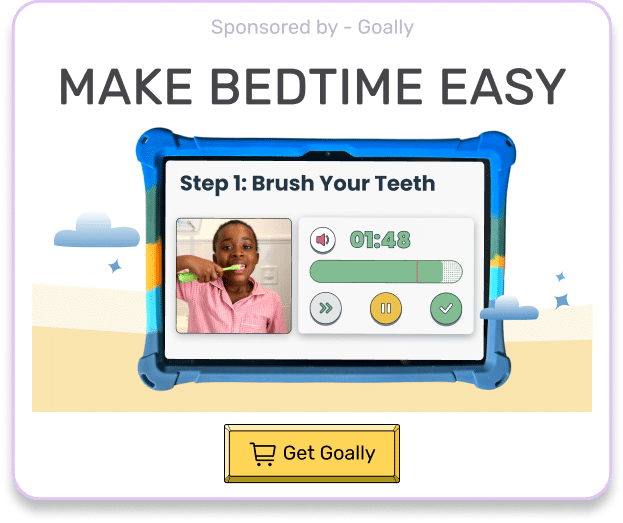As a parent, you might feel like you’re in a maze when you find out your child has ADHD. You’re not alone, and it’s okay to feel overwhelmed. So, how is ADHD treated? In this guide, we’ll help you navigate the twists and turns of ADHD treatment, covering everything from medication to behavior therapy. We’ll make sure you have all the information you need to support your neurodivergent child on their unique journey.
Table of Contents
Understanding ADHD: The Basics
Before we explore the treatment options, let’s get a grasp on ADHD itself. Attention Deficit Hyperactivity Disorder (ADHD) is a neurodevelopmental condition affecting millions of children around the world. It mainly impacts attention, impulsivity, and hyperactivity. ADHD comes in three flavors:
- Inattentive
- Hyperactive-impulsive
- Combined
Each type brings its own set of symptoms and challenges. Identifying the specific type affecting your child is crucial before diving into treatment options. In the next section, we’ll unveil the various methods used to treat ADHD.
Unveiling the Treatment Spectrum: From Medication to Behavior Therapy
So, how is ADHD treated? Remember, every child is unique, and there isn’t a one-size-fits-all solution. ADHD treatment typically involves a mix of medication, therapy, and lifestyle adjustments. In this section, we’ll break down these components to help you create the perfect treatment plan for your child.
Medication: A Common First Step
Medication is often the first treatment many children with ADHD try. There are two main varieties of medications used:
- Stimulants: These medications, such as Ritalin, Adderall, or Vyvanse, boost dopamine and norepinephrine levels in the brain. They can help improve focus and reduce impulsivity and hyperactivity.
- Non-stimulants: For kids who don’t respond well to stimulants or experience side effects, non-stimulant medications like Strattera or Intuniv may be prescribed. These medications work differently but still aim to improve attention and impulse control.

Read more: What Does Undiagnosed ADHD Look Like?
It’s essential to work with your child’s healthcare provider to find the right medication and dosage. This process may take trial and error, so be prepared for a little bit of experimentation.
Behavior Therapy: Supporting Emotional and Social Growth
Medication alone often doesn’t address every aspect of ADHD. Behavior therapy plays a significant role in supporting your child’s emotional and social growth. Some common behavioral therapies for ADHD include:
- Parent Training: Teaching parents strategies to manage their child’s ADHD symptoms effectively, such as establishing routines, setting clear expectations, and using positive reinforcement.
- Cognitive-Behavioral Therapy (CBT): Helps kids with ADHD develop problem-solving skills, improve self-monitoring, and build healthy coping strategies.
- Social Skills Training: Focuses on enhancing communication and social interaction skills, critical for kids with ADHD.
Consulting a mental health professional, such as a psychologist or counselor, can assist you in identifying the most suitable therapy for your child. So, how is ADHD treated?
Lifestyle Adjustments: Building a Supportive Environment
A supportive environment and lifestyle adjustments can significantly impact your child’s ADHD symptoms. Here are some key areas to consider:
Establishing Routines
Consistent routines offer structure and predictability, helping kids with ADHD feel more in control. Set daily routines for waking up, mealtimes, homework, and bedtime to promote stability.
Encouraging Physical Activity
Regular exercise can improve focus, reduce impulsivity, and increase the production of brain chemicals like dopamine and norepinephrine. Inspire your child to participate in physical activities they enjoy, such as swimming, biking, or team sports.

Read more: How to Help a Child With ADHD Without Medication
Optimizing Nutrition
A balanced diet can positively impact ADHD symptoms. Focus on whole foods, lean protein, and healthy fats while lessening intake of processed foods and added sugars. Some parents find that eliminating certain food additives or allergens can improve their child’s symptoms, but it’s necessary to consult with a healthcare professional before making significant dietary changes.
Supporting Sleep
Many kids with ADHD struggle with sleep, which can worsen symptoms. Establish a bedtime routine, create a calming sleep environment, and limit screen time before heading to bed to promote better sleep.
Collaborating with School: A Team Effort
Effective ADHD treatment goes beyond the home and into the classroom. Work with your child’s teachers and school staff to develop an Individualized Education Plan (IEP) or a 504 Plan, providing accommodations and modifications tailored to your child’s needs. Regular communication with the school team is essential in ensuring ongoing support and success.
| Home Strategies | School Strategies |
|---|---|
| Establish routines | Develop an IEP or 504 Plan |
| Encourage physical activity | Provide accommodations |
| Optimize nutrition | Modify curriculum |
| Support sleep | Maintain open communication |

Try Goally For Your Child With ADHD
Goally is an excellent option for many families that have a child with ADHD. Use game play as a points-based motivator for your kiddo with ADHD, help them learn emotional regulation skills, and watch them grow! It’s simple to set up and has an expert-informed design.
Final Thoughts: Embracing the Journey
So, how is ADHD treated? We’ve seen that it’s a multifaceted approach involving medication, therapy, lifestyle adjustments, and school support. Remember, every single child is unique, and finding the correct combination of treatments may take time. Stay patient, stay informed, and keep advocating for your neurodivergent child as they grow and thrive in their own way.
This post was originally published on 05/06/2023. It was updated on 08/10/2023.

Goally
We help parents teach their kids life skills, like doing bedtime and morning independently. Backed by science, we incorporate evidence-based practices and expert-informed designs in all of our apps and content.





